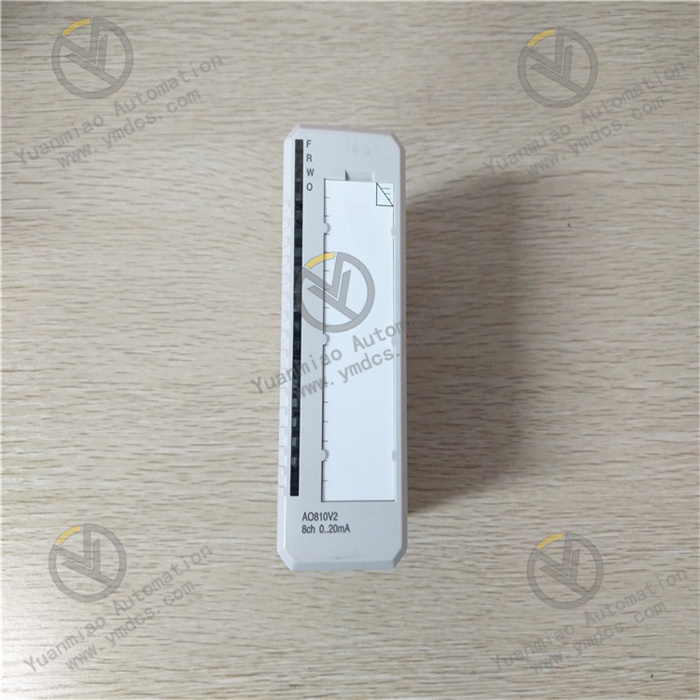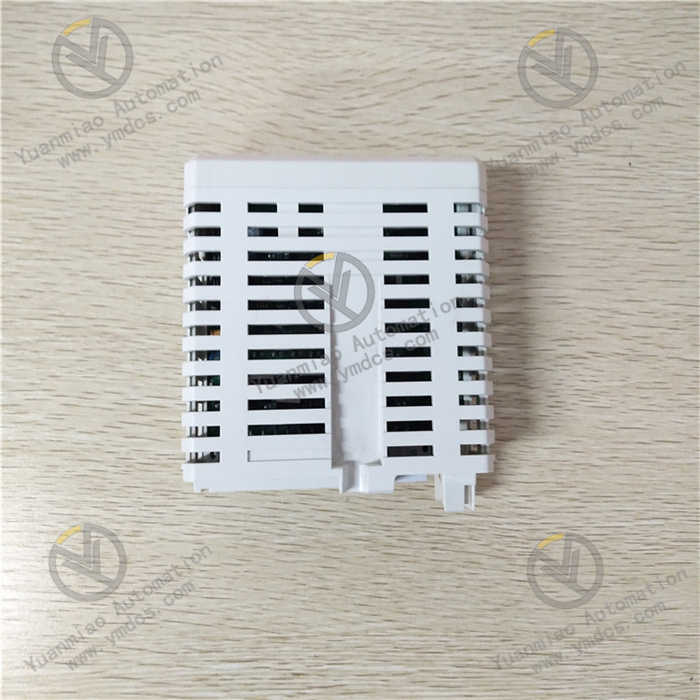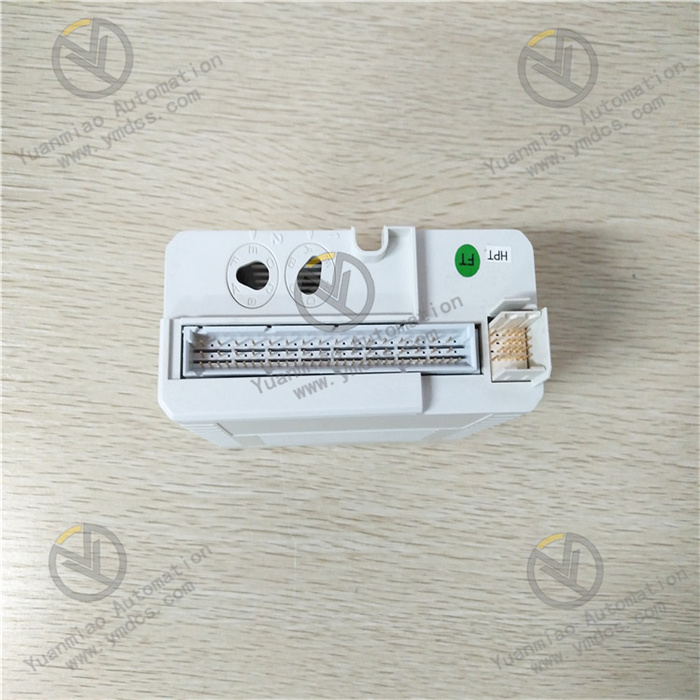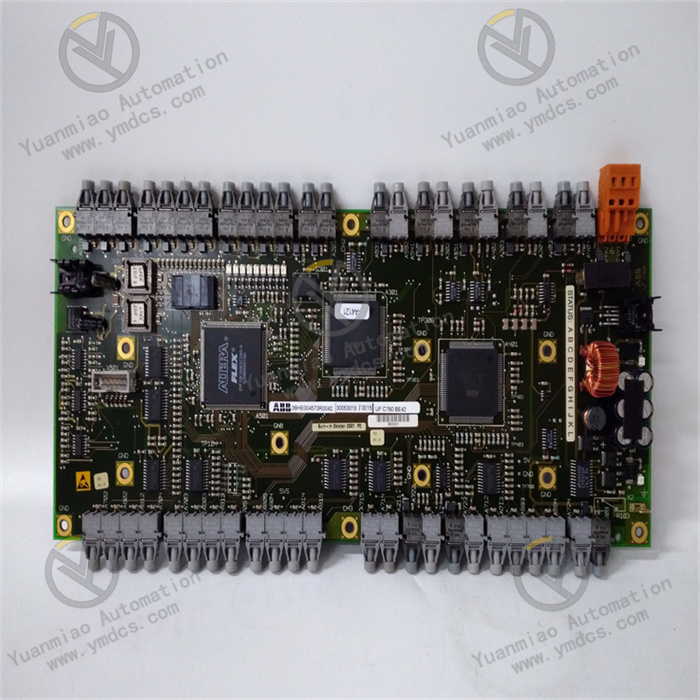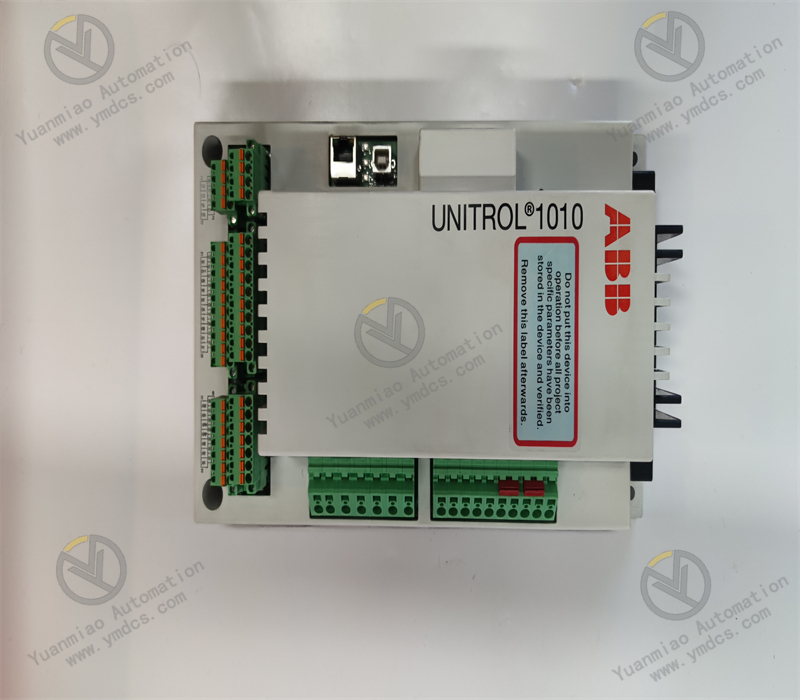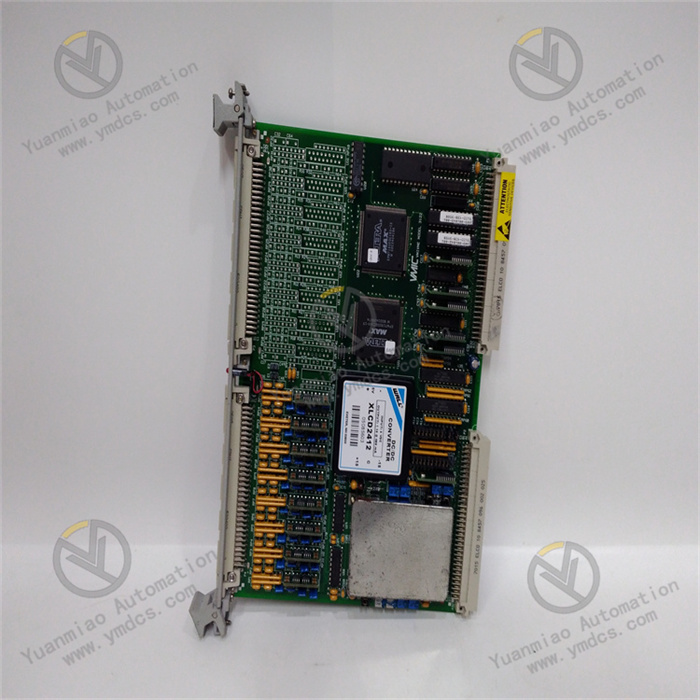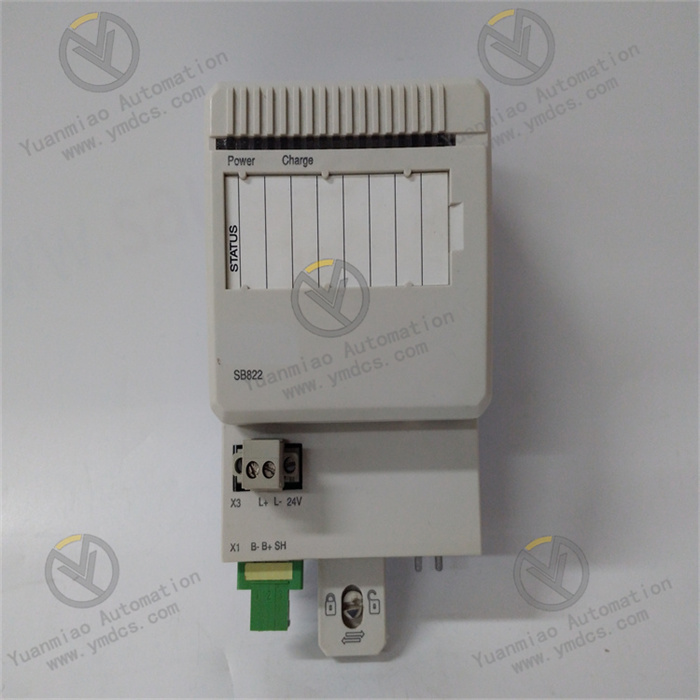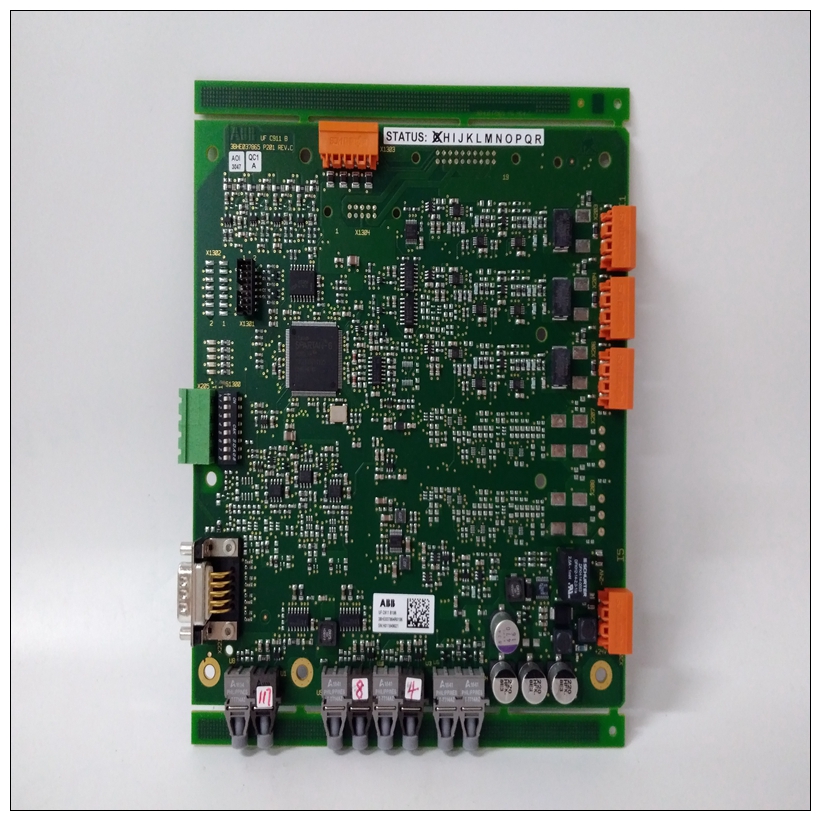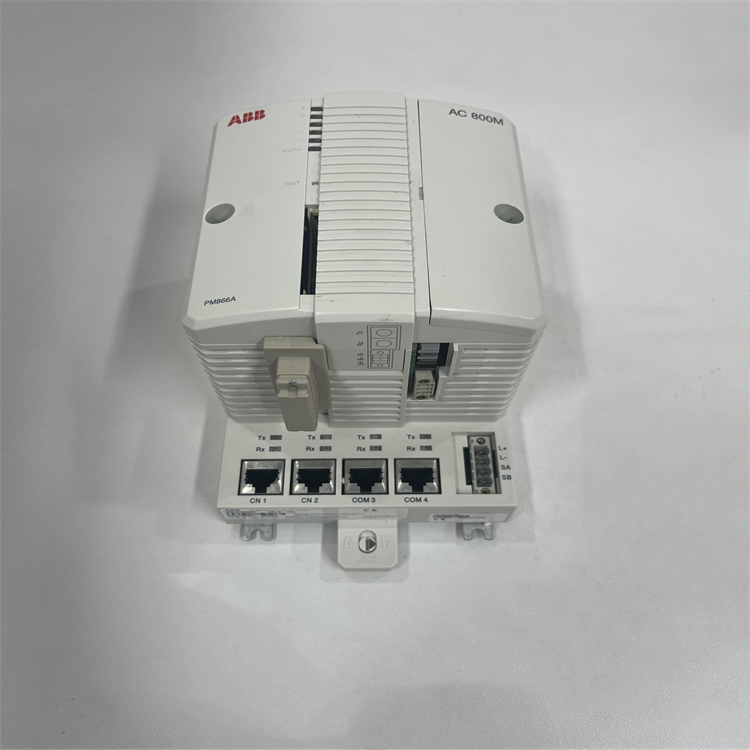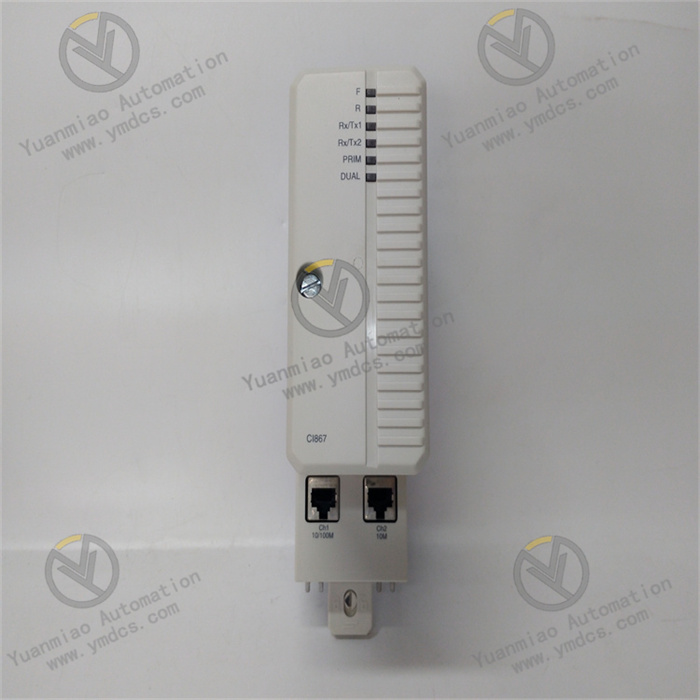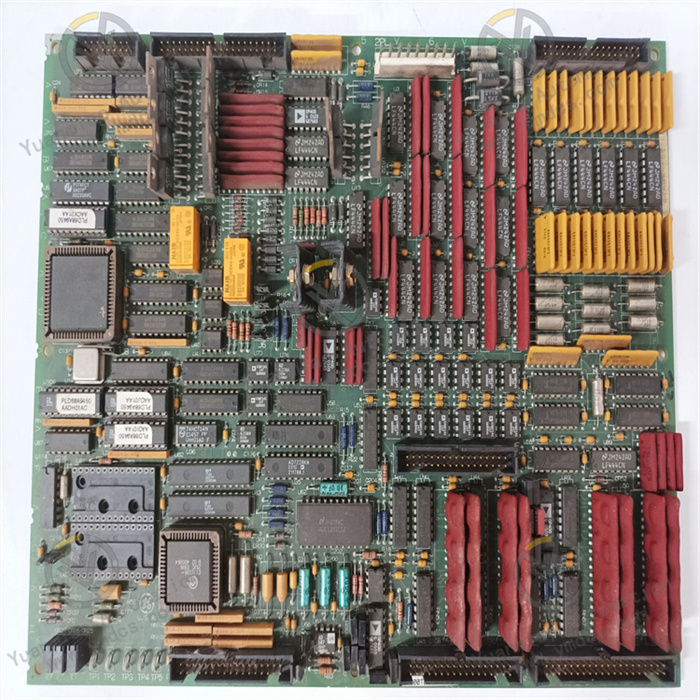Description
Functional Features High reliability: Using high-quality electronic components and advanced manufacturing processes, it can operate stably in harsh industrial environments. It has strong anti-interference ability, which can effectively reduce the occurrence of misoperations. Support for multiple input types: It can receive various types of digital input signals, such as dry contact signals, wet contact signals, etc., and can adapt to different field devices and application scenarios. Isolation function: It usually has an electrical isolation function, which can isolate the input signal from other parts of the system, prevent electrical interference and the spread of faults, and improve the safety and stability of the system. Diagnostic function: It has a self-diagnostic function and can monitor its own working status in real time. When a fault occurs, it can send out an alarm signal in a timely manner, which is convenient for maintenance personnel to quickly locate and troubleshoot problems.
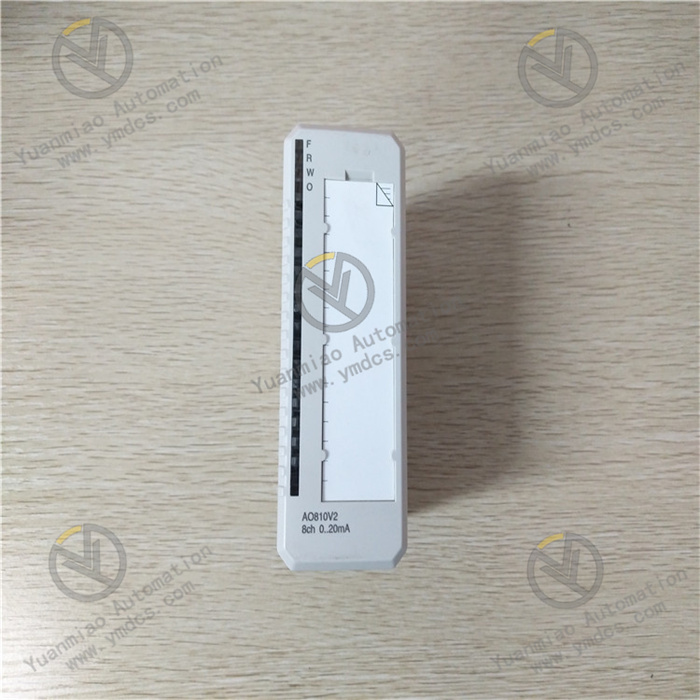
Technical Specification Parameters Number of input points: 8 points. Input voltage: Generally, it supports multiple voltage ranges, and common ones include 24V DC, etc. Input current: The input current per point is usually in the milliampere level. Signal types: It supports dry contact and wet contact inputs. Isolation method: Photoelectric isolation. Isolation voltage: For example, it can reach 2500V AC, etc. Response time: Usually in the millisecond level, it can quickly respond to changes in input signals.
Application Areas Industrial automation control systems: Used for signal collection and control in various industrial production processes, such as the start and stop control of production lines, and the monitoring of equipment status. Power systems: In places such as substations and power plants, it can be used to monitor the status of switches, the action signals of protection devices, etc. Smart buildings: For example, in building automation systems, it is used to monitor the status of doors and windows, the status of fire doors, etc. Transportation: In rail transit, it can be used to monitor signals such as the position of turnouts and the status of train doors.

Common Faults and Solutions No response to input signals Possible reasons: Faults in the input circuit, such as loose wiring or open circuits; input power supply faults; damage to the module itself. Solutions: Check the input wiring to ensure it is firmly connected and there are no open circuits; check whether the input power supply is normal and whether the voltage is within the specified range; if the above are normal, try replacing the module for testing. False alarms or misoperations Possible reasons: Electromagnetic interference; abnormal input signals, such as signal jitter or interference pulses; incorrect parameter settings of the module. Solutions: Check whether there are strong electromagnetic interference sources around and take shielding measures; check the quality of the input signals, such as filtering and stabilizing the signals; check the parameter settings of the module to ensure they are consistent with the actual application. Module communication faults Possible reasons: Damage to the communication interface; incorrect communication protocol settings; faults in the communication lines with the upper computer or other devices. Solutions: Check whether the communication interface is physically damaged and replace it if necessary; confirm whether the communication protocol settings are correct and consistent with other devices; check the communication lines to ensure they are properly connected and there are no open circuits, short circuits, etc.


